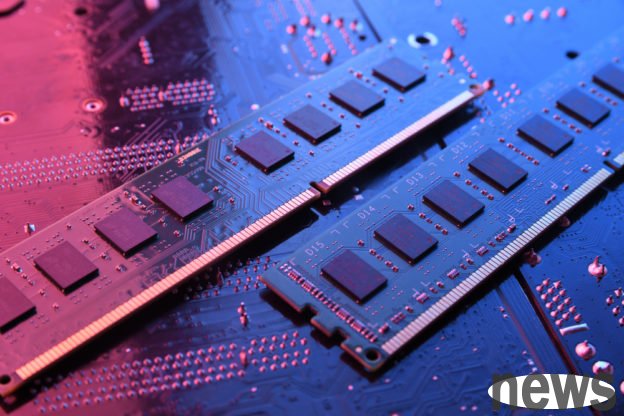
TrendForce’s latest survey shows that server DRAM contract prices in the fourth quarter benefited from the expansion of data center scale by global cloud providers (CSPs), and the increase has strengthened, driving overall DRAM prices to rise. Although the fourth quarter DRAM contract prices have not been fully announced, suppliers have significantly increased their willingness to increase their quotations after receiving additional orders from CSP. TrendForce has accordingly adjusted its price forecast for conventional DRAM in the fourth quarter from 8% to 13% to 18% to 23%, and it is very likely to be revised upward again.
Looking forward to 2026, the annual growth rate of server shipments will expand to about 4%. And as CSPs actively introduce high-performance computing architecture to support large-scale model calculations, the DRAM capacity of single-server servers will increase accordingly, pushing up the overall DRAM bit demand better than expected, resulting in a continued supply shortage.
Server demand remains strong, and DDR5 contract prices are expected to rise throughout 2026, especially in the first half of the year. Comparing the HBM bargaining situation in 2026, the competition pattern of HBM3e from the three major original manufacturers has formed, and the buyer has a certain inventory level, the contract price will turn to an annual decrease.
TrendForce analyzed that in the second quarter, the price difference between HBM3e and DDR5 was still more than four times, and the former can give suppliers better profits. However, the price of DDR5 continues to rise, and the price difference between the two will significantly converge in 2026. Starting from the first quarter of next year, the profit performance of DDR5 will be better than that of HBM3e.
As HBM3e and DDR5 production capacity compete with each other, after the profit structure is reversed, suppliers may choose to increase the supply of server DDR5 to consolidate their profit base. At the same time, the price of HBM3e is gradually stabilizing and the demand momentum is still strong. It is not ruled out that suppliers strive to increase the average selling price (ASP) and balance the product portfolio to make profits. In the future, the production capacity allocation and pricing strategy of original manufacturers between DDR5 and HBM will become variables that will affect the market trend in the next stage.
